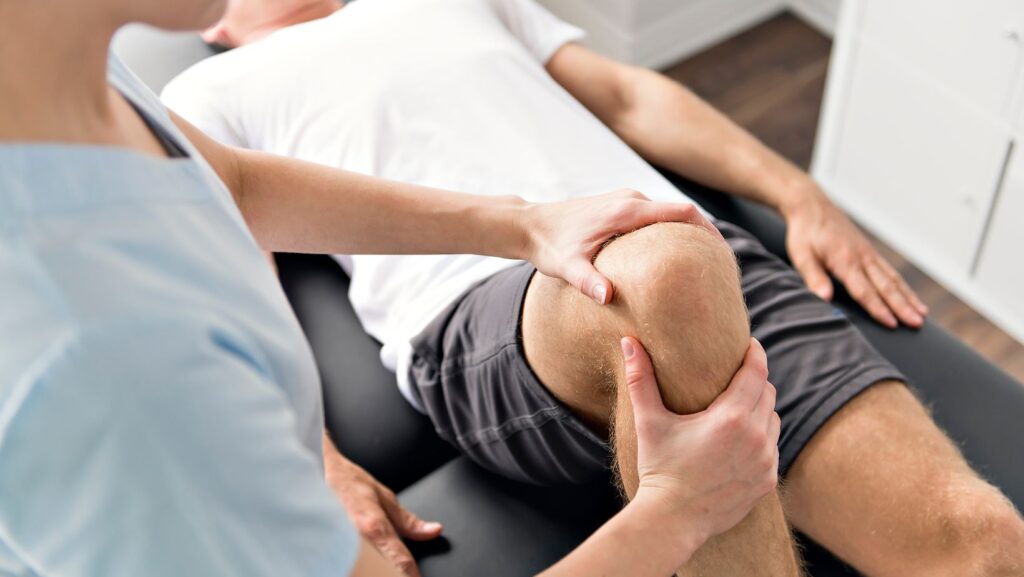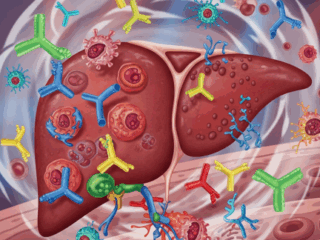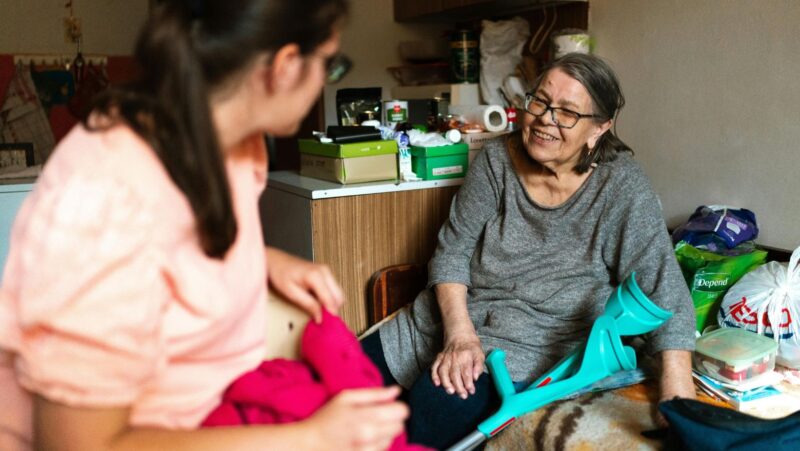
For anyone in Toronto, searching physio near me is often the first step toward getting back to everyday life. Whether it’s recovering from surgery, managing a sports injury, or finding relief from persistent back pain, physiotherapy is about more than treatment—it’s about building resilience, independence, and confidence in a city that never slows down.
Toronto’s scale, diversity, and pace mean that people approach rehabilitation with unique needs. This article explores how physiotherapy fits into life here, the role it plays in supporting health across all ages, and what to consider when choosing the right clinic.
Why Physiotherapy Matters in a City Like Toronto
Toronto is Canada’s largest city, with nearly 3 million residents living across busy downtown cores, quiet residential streets, and vibrant multicultural neighborhoods. That density and diversity influence how people experience pain, injury, and recovery.
- The commuter factor: Hours spent on the TTC or GO Transit often translate into neck, shoulder, and back pain.
- An active culture: From running along the Martin Goodman Trail to playing soccer in Scarborough, staying active is part of Toronto life—and so are sports injuries.
- An aging population: Almost 17% of Toronto’s residents are over 65, meaning arthritis care, balance training, and post-surgical rehab are in high demand.
- Cultural diversity: With more than 200 ethnic origins represented, approaches to health can vary. Physiotherapists in Toronto must be adaptable and culturally sensitive.
In short, physiotherapy here isn’t just about fixing a sore knee or back. It’s about meeting people where they are—whether that’s Bay Street, a construction site, or a community soccer field—and giving them the tools to stay active and well.
Beyond Pain Relief: What Physiotherapy Really Offers
Many people assume physiotherapy is only for recovery after an injury or surgery. In reality, it goes far beyond that. Canadian health data shows that musculoskeletal conditions make up almost a quarter of all physician visits each year, and physiotherapy is one of the most effective ways to manage them.
What sets physiotherapy apart?
- It doesn’t just mask symptoms; it addresses root causes.
- It restores natural movement and function.
- It teaches people how to prevent future injuries.
- It encourages active participation in recovery, rather than passive treatment.
This evidence-based approach is what makes physiotherapy such a cornerstone of modern healthcare in Toronto.
The Range of Needs Physiotherapists See Every Day
Because Toronto is so diverse, the needs of patients vary widely. On any given day, physiotherapists may be helping:
- Young professionals with repetitive strain from laptop work.
- Parents dealing with lower back pain from lifting kids.
- Seniors rebuilding mobility after a hip replacement.
- Athletes recovering from ACL tears or shoulder injuries.
- Students managing posture problems linked to long hours of studying.
Each case is different, and treatment plans are tailored accordingly.
Services You Can Expect
When people search for “physio near me,” they’re usually looking for accessible, practical solutions. In Toronto, that often includes:
- Hands-on techniques such as joint mobilization and soft tissue release.
- Exercise programs designed to improve strength, flexibility, and endurance.
- Intramuscular stimulation (IMS) or dry needling for chronic muscle tension.
- Rehabilitation after surgery, such as knee or shoulder replacements.
- Sports-specific programs that help athletes return safely to competition.
- Virtual physiotherapy sessions for those balancing remote work or mobility challenges.
The key is that physiotherapy is never one-size-fits-all. It adapts to the person, their lifestyle, and their goals.
The Power of Prevention
Physiotherapy isn’t just reactive; it’s also preventative. Canadian studies suggest that for every dollar spent on preventative physiotherapy, the healthcare system saves multiple dollars in avoided surgeries, disability claims, or long-term care.
For Torontonians, prevention might look like:
- Cyclists learning posture adjustments to reduce hip and knee strain.
- Teachers developing strategies to protect their backs while standing all day.
- Seniors participating in balance training to reduce fall risks.
Prevention means fewer injuries, fewer hospital visits, and more independence.
Linking Physical and Mental Health
Pain isn’t just physical. In Canada, almost half of adults with chronic pain also report symptoms of depression or anxiety. By reducing pain and restoring function, physiotherapy often improves mental well-being too.
In a high-stress city like Toronto, that connection is vital. When people regain mobility—whether it’s walking to the subway without pain or playing sports again—their confidence and outlook improve alongside their physical health.
Recovery Stories in Everyday Life
To see the impact, it helps to imagine common scenarios across the city:
- A financial analyst downtown who spends 10 hours a day at a desk develops carpal tunnel syndrome. With physiotherapy, ergonomic changes, and targeted exercises, she avoids surgery and regains function.
- A retiree in Etobicoke undergoes hip replacement surgery at St. Joseph’s. Physiotherapy helps him walk independently within six weeks and enjoy daily walks again.
- A teen basketball player in Scarborough tears his ACL. With structured rehab, he returns to the court nine months later, stronger and more resilient.

These are not isolated cases—they reflect the day-to-day reality of physiotherapy’s impact across Toronto.
The Numbers: Why It Matters for the City
The benefits of physiotherapy extend beyond individuals to Toronto’s healthcare system:
- Patients who follow structured physiotherapy are 35% less likely to be re-admitted to hospital after surgery.
- Workplace return-to-work programs can cut disability claim costs by 20–30%.
- Fall prevention programs for seniors help reduce the $2 billion annual cost of fall-related injuries in Canada.
In a city where healthcare resources are stretched, these numbers matter.
Connecting Physiotherapy to Toronto’s Landmarks
Physiotherapy doesn’t happen in isolation—it connects to how Torontonians live.
- High Park joggers often turn to rehab after repetitive stress injuries.
- Nathan Phillips Square skaters benefit from ankle and knee rehab.
- Toronto Islands cyclists use physiotherapy to recover from hip or back strain.
- St. Lawrence Market workers find ergonomic training and mobility exercises essential for long days on their feet.
These examples show that physiotherapy isn’t abstract; it’s woven into everyday city life.
Specializations That Make a Difference
Modern physiotherapy is broad, and Toronto clinics often offer advanced specializations:
- Concussion rehab: Helping athletes and accident survivors manage balance and return-to-play protocols.
- Pelvic health therapy: Addressing postpartum recovery, incontinence, and chronic pelvic pain.
- Neurological care: Supporting people with stroke, Parkinson’s, or multiple sclerosis.
- Sports rehab: Guiding everyone from recreational athletes to professionals at Scotiabank Arena through recovery and prevention.
These services highlight how physiotherapy meets needs across life stages and conditions.
Community Integration
Clinics don’t just treat patients—they also engage with the community. Physiotherapists in Toronto often host:
- Injury prevention workshops at community centres.
- Safety sessions for youth sports leagues.
- Wellness talks for seniors’ groups.
This outreach builds awareness and helps people see physiotherapy as part of everyday wellness, not just treatment.
Technology and the Future
Physiotherapy is evolving. Toronto, with its research institutions and teaching hospitals, is often at the forefront. Some emerging trends include:
- Telehealth physiotherapy sessions.
- Wearable tech that tracks recovery progress.
- Virtual reality rehabilitation for balance and neurological conditions.
- AI-supported assessments to improve accuracy.
These innovations are making physiotherapy more accessible and effective for patients across the city.
Key Takeaways
- Physiotherapy in Toronto goes far beyond pain relief—it supports prevention, recovery, and mental health.
- The diversity of the city means physiotherapists see a wide range of conditions and tailor care accordingly.
- Services cover everything from manual therapy and exercise programs to advanced concussion and pelvic health rehab.
- The impact is felt not just by individuals, but by the healthcare system and community as a whole.
FAQs (Accordion Style)
Q1: How do I know if I need physiotherapy?
If you have persistent pain, reduced mobility, or are recovering from surgery or injury, physiotherapy can help identify the root cause and restore function.
Q2: Is physiotherapy in Toronto covered by insurance?
Most extended health plans include physiotherapy coverage. Workplace claims (WSIB) and auto insurance (MVA coverage) may also apply.
Q3: How quickly will I see results?
Some people notice changes after just a few sessions, while long-term conditions may take weeks or months of consistent care.
Q4: Can physiotherapy prevent injuries?
Yes. By strengthening weak areas, improving posture, and teaching safe movement strategies, physiotherapy reduces the chance of recurrence.
Q5: Does virtual physiotherapy really work?
Research shows virtual sessions can be just as effective for many conditions, especially when they focus on exercise and education.












